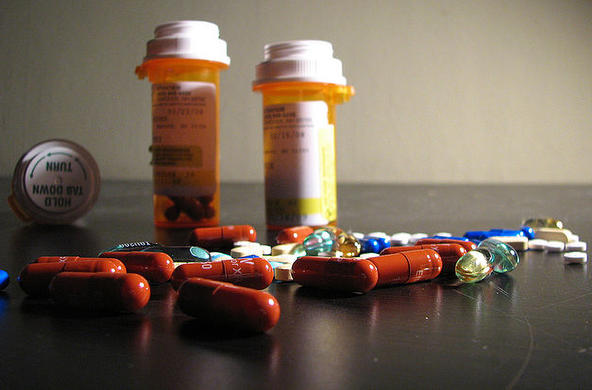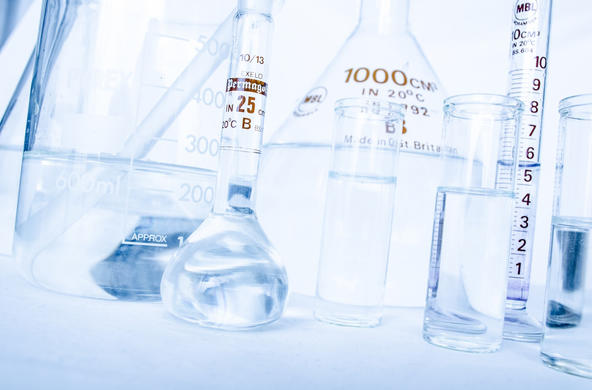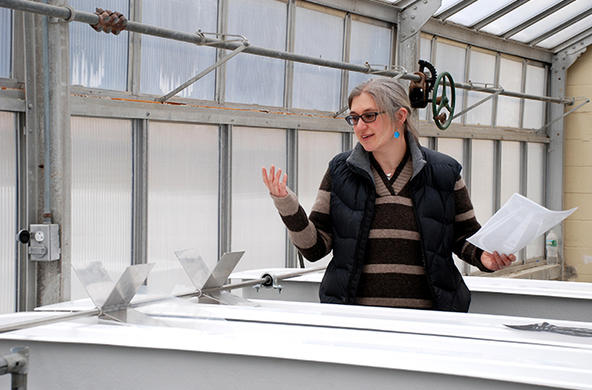Modern life is filled with an amazing assortment of chemicals. Go to any pharmacy and look at the number of aisles, with products such as personal fragrances or antibacterial soaps that have arguably improved our lives.
Other aisles display compounds to ease our minor aches and pains, wake us up in the morning and treat many serious illnesses. We would not want to live without them.
But recently it has been demonstrated that compounds such as antibiotics, antiseizure drugs, antihistamines, hormones, contraceptives, steroids, painkillers and antimicrobials in soaps, among others, are present in the water and sediments of many rivers in the United States. That's because we either excrete them or dispose of them down the drain.
Our bodies don't use all of the drugs, vitamins and other compounds we consume, and so they go down the toilet as part of human waste. Other products, such as soaps and fragrances, get rinsed off in the shower or the sink.
Wastewater treatment facilities and septic systems collect and isolate a lot of these wastes as they exit our homes. But even the most state-of-the-art wastewater treatment plant is not designed to remove everything we put down the drain, which means whatever was not removed gets discharged into a local stream which in turn flows to a river — in our case, the Hudson River.
The next time you stroll on the Walkway over the Hudson and admire the vast and magnificent waterway 200 feet below, you should realize a little bit of the Hudson River flowing below you was in your home a few days ago.
Let's go back to that pharmacy brimming with modern products to improve our lives. You would never consider dumping those aisles of drugs and products into the Hudson River, but collectively that is just what we do. Even the caffeine from our morning cup of coffee ends up in the river.
And, the truth is, we are not yet sure what all of these compounds, especially in combination, might do to riverine organisms.
In the past it was thought that because drugs are in such low concentrations, they do not have any effect, but recent research has shown that even in low concentrations, these drugs can affect microbes, algae, invertebrates and various species of fish.
Because drugs are designed to target biochemical pathways in our bodies, and because we share common ancestors with all life on Earth, the drug can affect other organisms as distantly related to us as plants, insects or fungi.
While it is not yet fully understood precisely how drugs affect the organisms that dwell in the Hudson, we do know these chemicals come from us. Because of this connection, it is important to think about what we put down the drain.
In the past, when we had leftover prescription drugs, we were encouraged to flush them down the drain, adding a huge dose of drugs to the water. While we can't control how much of a drug that we take our bodies excrete, we can reduce how much gets into the water by not flushing unused drugs.
New data on the diversity of pharmaceuticals found in rivers has led to new take-back programs at pharmacies.
For example, the Dutchess County Environmental Management Council recently announced Tuminaro Pharmacy in Hopewell Junction will accept unwanted or expired household medications.
Ask your local pharmacy to start a similar program and help keep our drugs out of the Hudson.








